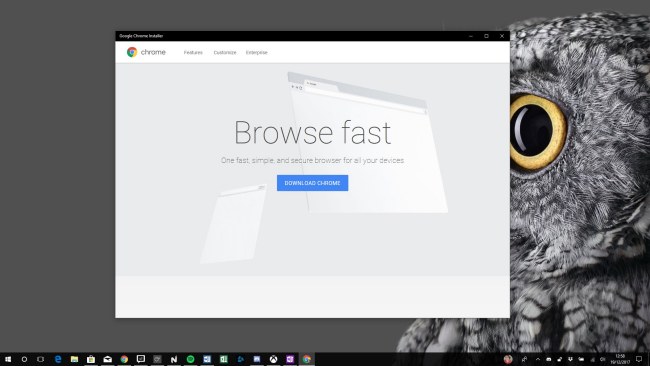Author: Lorenzo Spada Android Blog Italia
Con l’aggiornamento alla quarta versione beta di Android 8.0 Oreo, gli sviluppatori di Samsung hanno implementato in Samsung Galaxy S8 e Samsung Galaxy S8+ la funzionalità App Permission Monitor.
Per Samsung non si tratta di una vera e propria novità, dal momento che l’App Permission Monitor ha esordito mesi fa con il Samsung Galaxy Note 8. La funzione permette di ricevere una notifica ogni volta che una determinata app trae beneficio di un determinato permesso.
E’ possible anche visualizzare la cronologia delle autorizzazioni di un’app e un elenco di app che utilizzano le autorizzazioni in background. L’app e le autorizzazioni specifiche utilizzate possono essere visualizzate attraverso un’interfaccia grafica molto semplice e intuitiva.
App Permission Monitor sarebbe perfetto se fosse uno standard su Android
Come fatto notare su Reddit, gli utenti sono piuttosto entusiasti di questa funzione, con alcuni utenti non Samsung che desiderano che la funzionalità venga resa parte del codice AOSP. Effettivamente è un qualcosa che va a completare perfettamente la nuova politica di permessi introdotta con Android 6.0 Marshmallow.
Al momento comunque non abbiamo alcuna informazione sulle intenzioni di Google di integrare qualcosa del genere su Oreo o sulla prossima versione attesa in estate (Android 9.0 Panettone?). Al contrario, coloro sono in possesso di un Samsung Galaxy S8 o di un Galaxy S8+ potranno utilizzarla sin da ora sulla versione beta di Oreo oppure a Gennaio con la versione stabile.
Prima di lasciarvi, vi vogliamo ricordare che questa nuova funzionalità di Samsung permette di essere più cauti e accorgersi più facilmente nel caso di virus e malware presenti sullo smartphone, come ad esempio la vulnerabilità Janus che permette di modificare gli APK senza toccare la firma.






